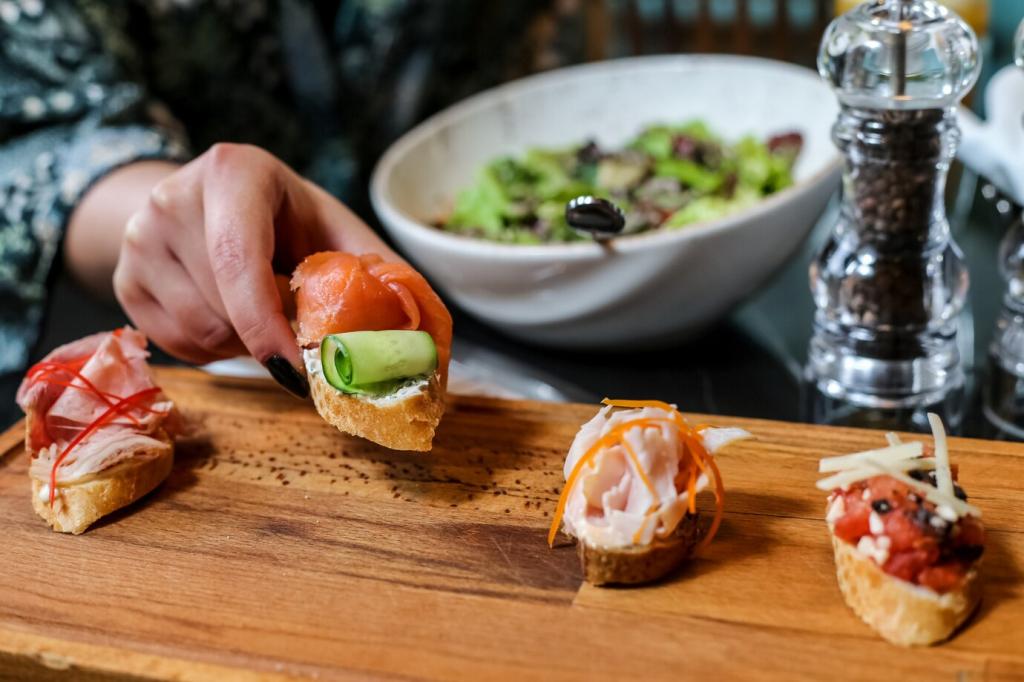
Savoring the World's Culinary Heritage
Embark on a journey across continents and centuries as we explore the rich tapestry of global cuisines. Culinary heritage is more than just recipes; it is a living record of human creativity, migration, and tradition. Each dish tells a story of place, culture, and history. By savoring the world’s culinary heritage, we celebrate diversity, connect with one another through shared experiences, and honor the generations who have shaped the flavors we love today.
The Roots of Global Flavors
Grains have fed civilizations for thousands of years, serving as the backbone for countless culinary customs. From the rice terraces of Southeast Asia to the wheat fields of the Middle East, grain cultivation reflects both innovation and deep connection to the land. Traditional bread-making techniques, such as stone milling and natural fermentation, are being rediscovered by artisanal bakers and chefs worldwide. These grains not only yield nourishment but also encapsulate the stories of farmers, families, and generations past.

Iconic Dishes Through the Ages
The Evolution of the Italian Pasta
Pasta, an enduring symbol of Italian gastronomy, has a fascinating history woven with myths and traditions. Originally a simple combination of flour and water, pasta evolved through regional experimentation—shaped into farfalle, tagliatelle, and orecchiette, each with its own story. The introduction of tomatoes in the 16th century transformed pasta into the beloved dish we recognize today. Every plate of pasta embodies centuries of adaptation and the Italian spirit of embracing culinary change while honoring tradition.
Sushi: Japan’s Timeless Treasure
Sushi has become a global sensation, yet its origins are rooted in an ancient method of preserving fish with rice and salt. Over the centuries, sushi evolved into an art form that celebrates seasonal ingredients, precision, and balance. The careful preparation and presentation of sushi echo Japanese philosophies of simplicity and respect for nature. Tasting authentic sushi is not only a gastronomic delight but also a cultural experience that pays tribute to Japan’s dedication to craft and tradition.
French Pastry: A Sweet Legacy
French pastry is revered the world over for its technique, artistry, and indulgence. From the delicate layers of a mille-feuille to the crisp shell of a macaron, each creation is a testament to centuries of refinement. Pastry chefs carry forward the legacy of masters past, blending exact science with creativity. These sweet masterpieces not only delight the senses but also serve as edible reminders of France’s enduring influence on the world of baking and dessert.
Family Recipes: Heirlooms of Taste
Family recipes are often closely guarded treasures, lovingly handed from one generation to the next. These dishes are more than instructions—they are vehicles for memory, affection, and identity. Cooking them brings loved ones together, strengthens bonds, and keeps ancestors close in spirit. In kitchens around the world, these heirlooms subtly adapt to new ingredients and palates, yet their essence endures, reminding us that food is at the heart of family life.
Culinary Festivals and Community
Culinary festivals serve as vibrant celebrations of local heritage, uniting communities around shared tastes and traditions. Whether it is a street fair featuring regional specialties or a harvest festival centered on seasonal produce, these gatherings foster pride and continuity. They also provide opportunities for newcomers to immerse themselves in regional customs, bridging generations and backgrounds. Through food, communities come alive, preserving their unique identity while welcoming evolution.
Reviving Forgotten Foodways
Modern interest in sustainability and biodiversity has sparked renewed appreciation for forgotten foodways. Heirloom vegetables, heritage breeds, and traditional preservation methods are being rediscovered and reintroduced to kitchens worldwide. Chefs, farmers, and passionate home cooks are working together to protect these irreplaceable culinary heritages before they disappear. Reviving these practices not only safeguards biodiversity but also reconnects us with the wisdom of those who came before.
